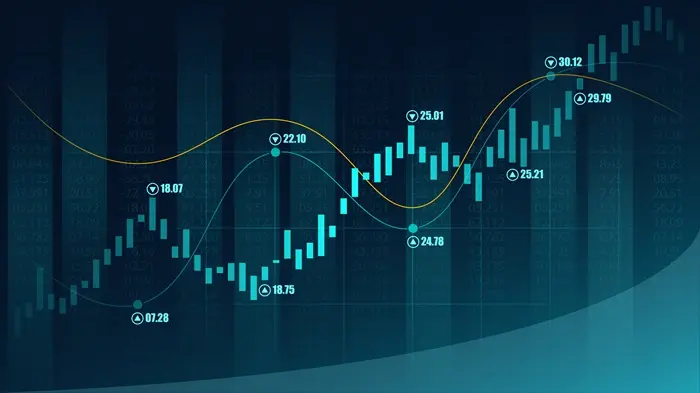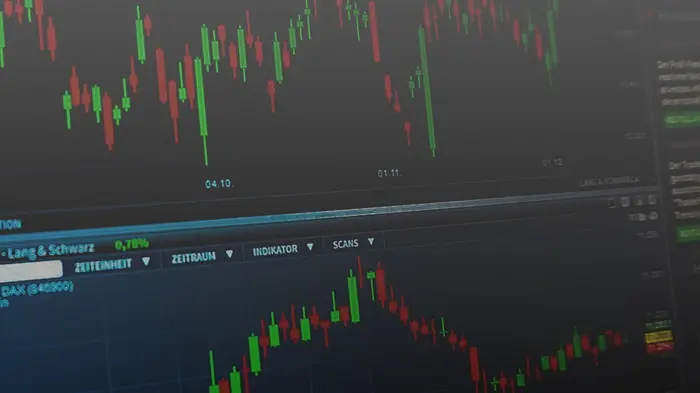Wall Street faced significant losses as concerns over potential U.S. tariffs and ongoing inflation pressures dampened investor sentiment. Economic data underscored these worries, reinforcing the view that the Federal Reserve is unlikely to rush into cutting interest rates anytime soon.
The S&P 500 dropped around 1%, erasing the gains made earlier in the week. President Donald Trump’s announcement of reciprocal levies in response to trade tensions added to the uncertainty, intensifying fears about the inflationary effects of higher tariffs.
Key companies also felt the pressure, including United States Steel Corp., which saw its shares sink following news that Nippon Steel Corp. might consider investing in the company instead of pursuing an outright purchase. Major technology stocks also came under pressure, with Amazon.com Inc. disappointing the market with a less-than-optimistic outlook. The Nasdaq 100 fell by 1.3%, and the Dow Jones Industrial Average also slid by 1%.
Labor Market Remains Resilient, but Wage Growth Raises Inflation Concerns
The latest economic data presented a mixed picture. The labor market showed resilience, with nonfarm payrolls increasing by 143,000 last month, and upward revisions to prior months. However, the unemployment rate stood at 4.0%, a figure that reflects separate revisions to account for a new population estimate, making it incomparable to prior months.
While the rise in wages (up 0.5%) was seen as positive for workers and consumer spending, it also raised concerns about inflation. Strong wage growth can contribute to rising inflation, which has been a focus for the Federal Reserve as it seeks to control price pressures. Bret Kenwell from eToro emphasized that while wage growth is beneficial for consumers, it could be a double-edged sword if it pushes inflation higher.
Despite concerns over inflation and the implications for interest rate cuts, analysts believe the economy and labor market are still in good shape. “Stocks tend to do well amid mild inflation,” said Kenwell, reassuring that strong economic fundamentals are better than a deteriorating environment.
The Fed’s Likely Patience on Rate Cuts
Despite the ongoing concerns over inflation, the Federal Reserve is not expected to make aggressive moves on interest rates in the short term. Seema Shah at Principal Asset Management explained that the continued strength in the labor market and sustained wage pressures give the Fed little incentive to cut rates immediately.
Federal Reserve officials, including Governor Adriana Kugler, have expressed that the current benchmark interest rate is appropriate for the time being. Given the stable labor market and limited progress on inflation, policymakers are in no rush to make changes. Fed President Neel Kashkari expects inflation to continue cooling toward the 2% target, paving the way for “modest” interest rate cuts by the end of the year.
Despite this outlook, some analysts, such as Neil Dutta at Renaissance Macro Research, believe the Fed will eventually need to reduce rates as some areas of the economy, particularly the goods-producing sectors, show signs of weakness.
Mixed Inflation Data Expected Ahead
Looking ahead, the market will be closely watching the upcoming consumer price index (CPI) report for January, which could provide further insights into inflation trends. According to Guneet Dhingra at BNP Paribas, there is potential for a mixed CPI report, with yields possibly rising if the data shows an upside surprise, but a downside print would be welcomed as good news by the market.
The Federal Reserve’s patience in waiting for more data before making any rate changes is likely to continue, as highlighted by analysts such as Charlie Ripley at Allianz Investment Management, who noted that the central bank is expected to remain cautious during the winter months.
As the market digests these ongoing concerns over tariffs and inflation, traders are left grappling with the uncertainty of the economic environment and its potential impact on future interest rate policies.
Related topics:

























